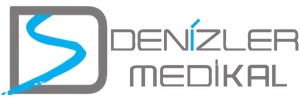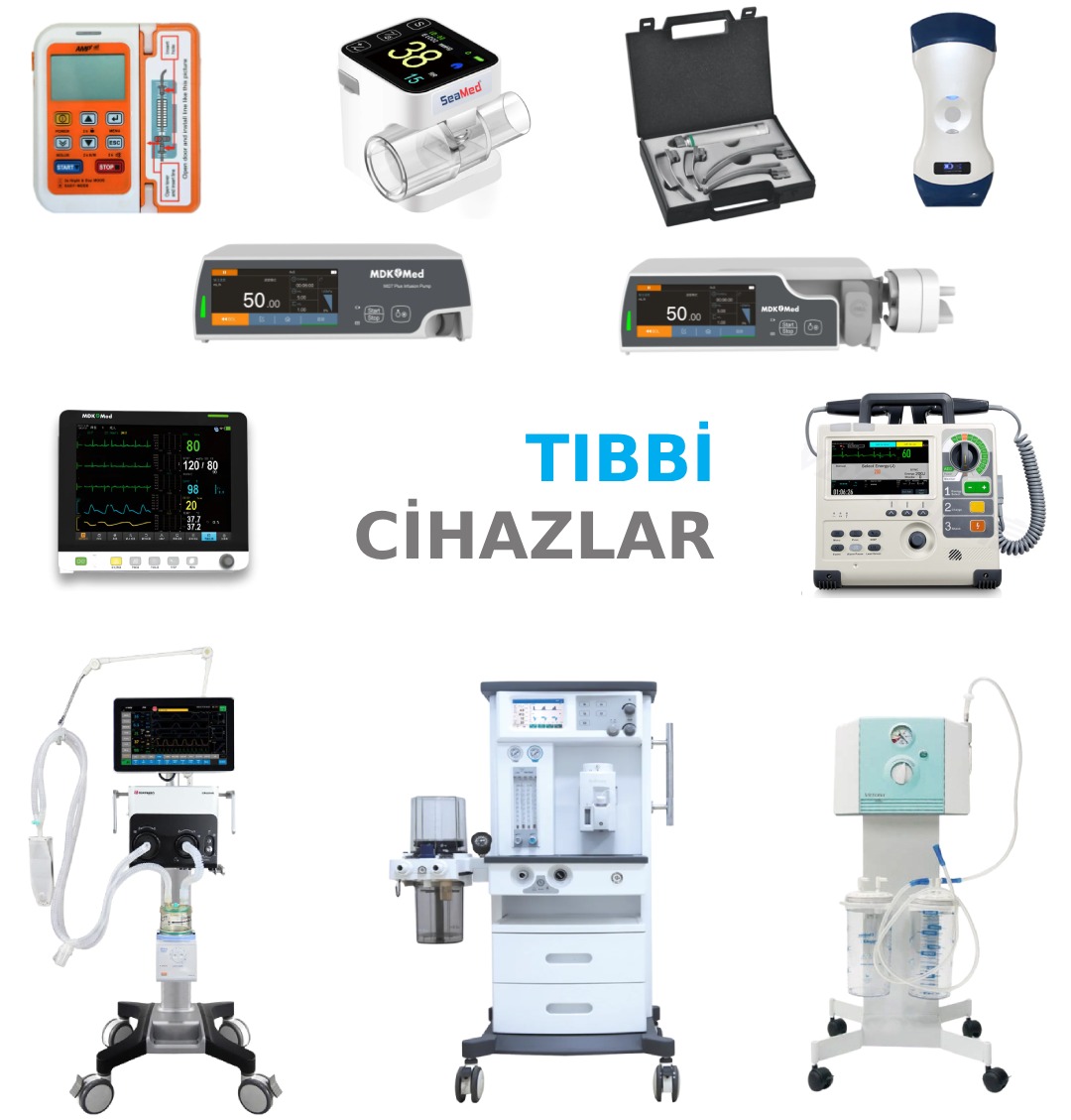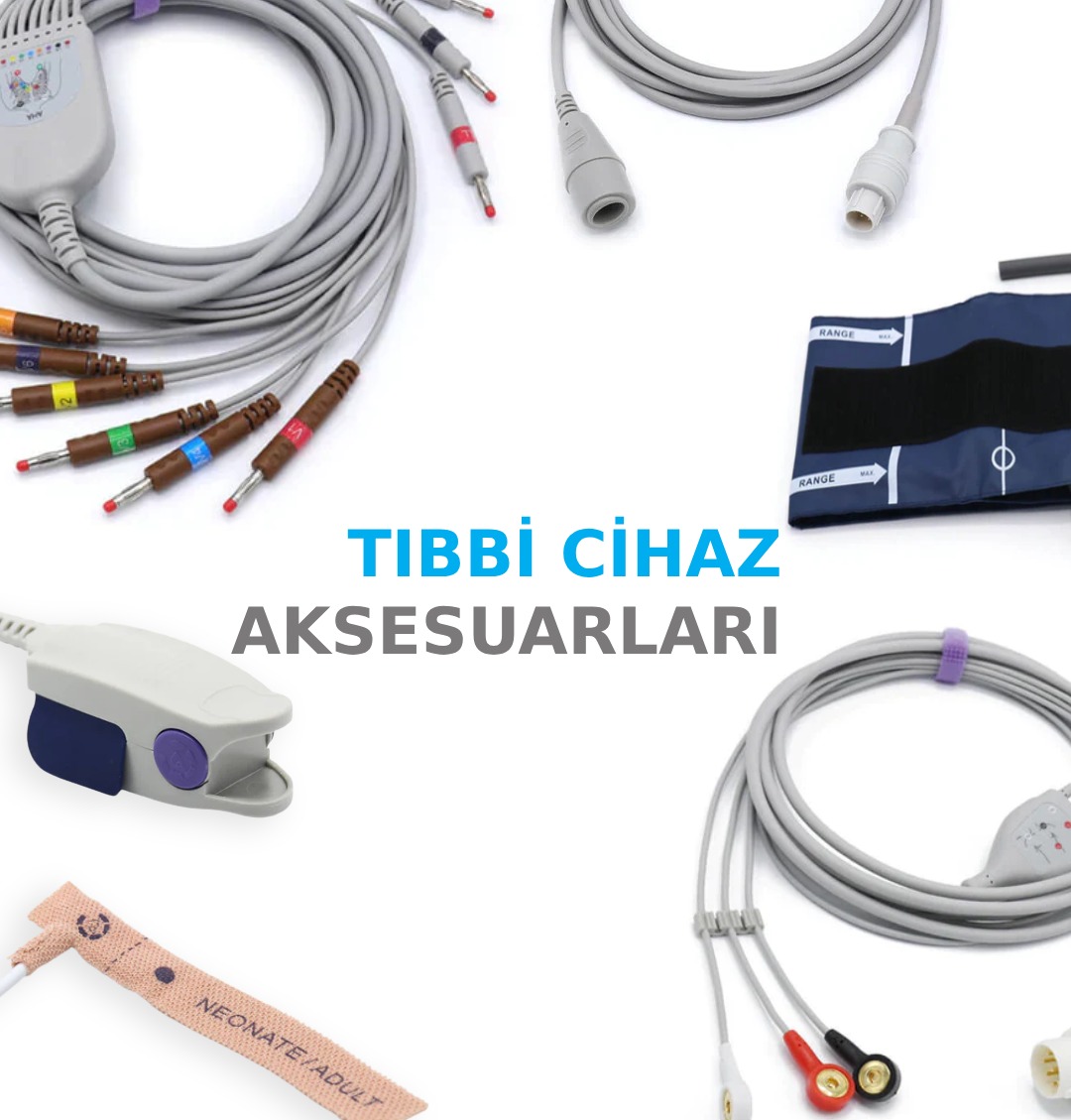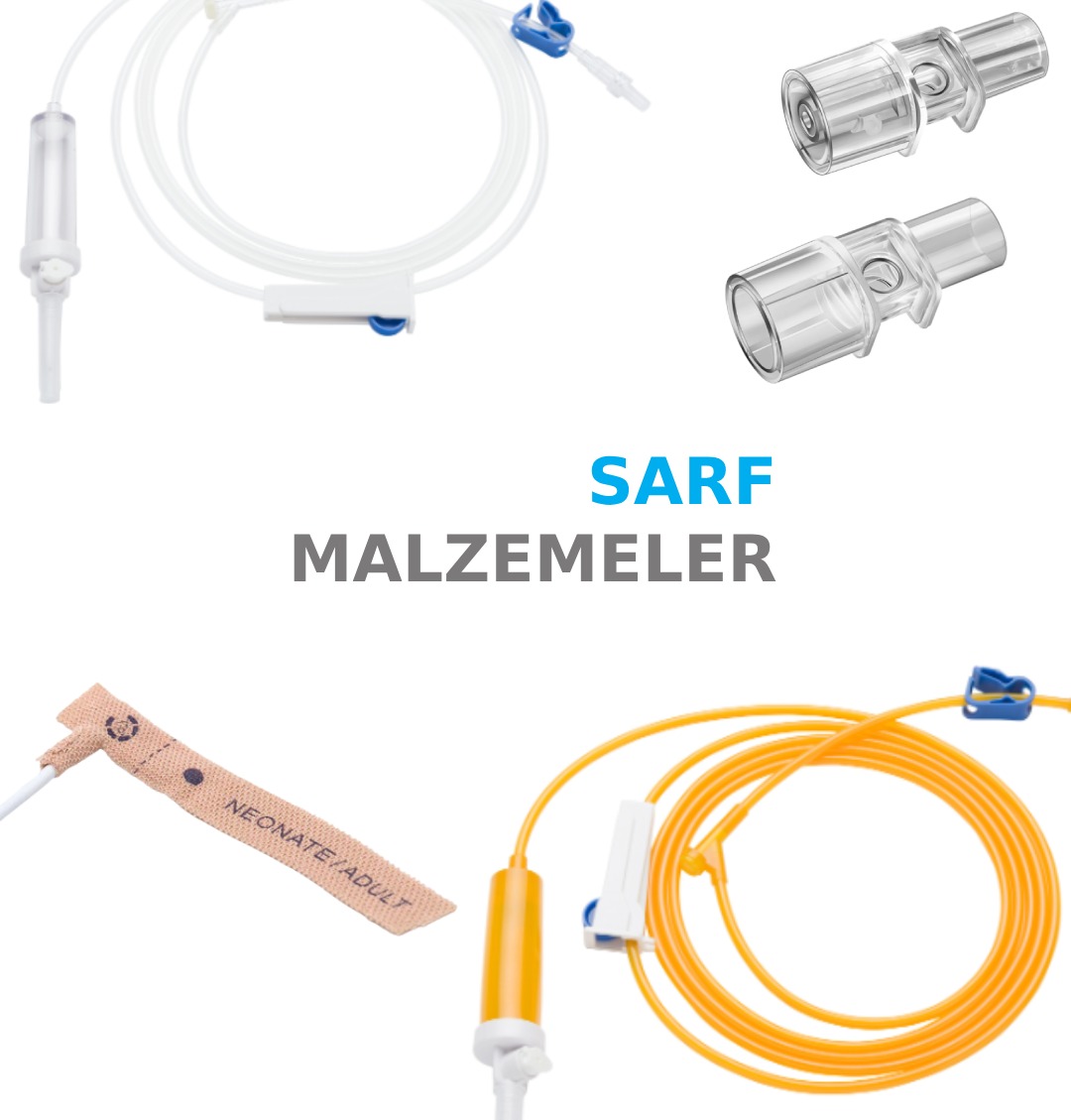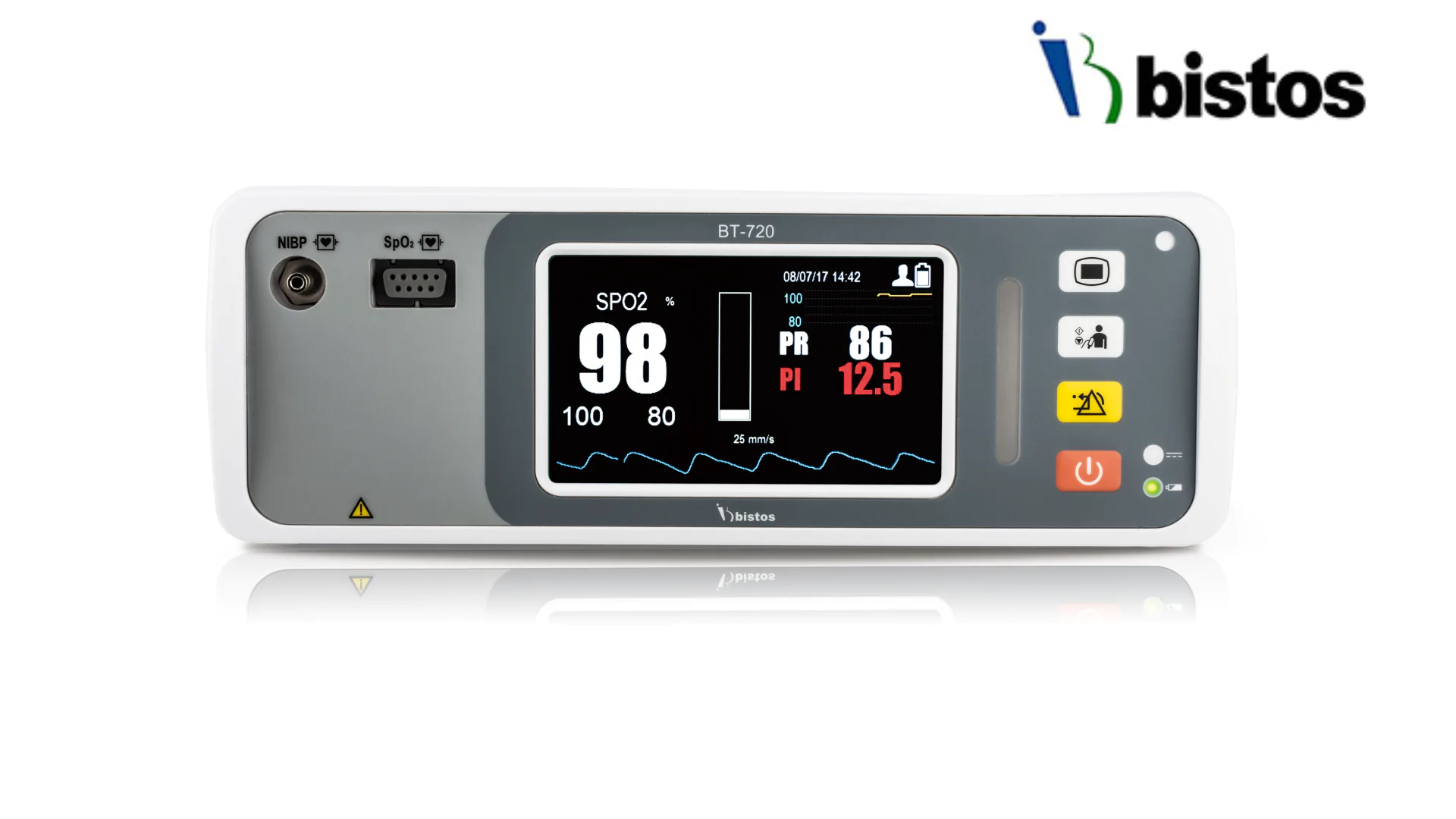
BISTOS BT-720 CONSOLE TYPE PULSEOXIMETER
- 4.3" Color LCD Screen
SpO2: 0-100% ±2%
Pulse: 25-250 bpm ±2bpm
Long/Short Trend Breakdown
Motion Resistant Measurement Technology
Internal Memory
Data Transfer with SD Card
Li-Ion Battery
Visual - Auditory Alarms
HYBS Connection with HL7 Infrastructure
Pulse oximeters are one of the important devices widely used in the medical field. These devices allow patients to monitor and evaluate their oxygen levels by measuring their oxygen saturation (SpO2) and pulse rate. Pulse oximeters are used in many healthcare areas such as patient monitors, intensive care units, operating rooms, emergency services and home care.
As a working principle, pulse oximeters consist of a light source and photosensors. The light source usually uses infrared and red light. This light is directed to an applied area of the patient's skin. Photosensors measure the amount of light reflected or absorbed. The flow of arterial blood through the tissue, together with the pulse, determines the oxygenation status. This information is analyzed by the pulse oximeter and displayed on the screen as SpO2 value and pulse rate.
Some technical terms related to pulse oximeters are:
SpO2 (Oxygen Saturation): It expresses the oxygen saturation level of the blood as a percentage. A normal SpO2 level is usually above 95%.
Pulse Rate: Measures heart rate and is expressed as the number of beats per minute. Pulse rate reflects the rate of circulation in the body.
Perfusion Index (PI): Measures the strength of the pulse and arterial blood flow. It is used to evaluate vascular health and tissue perfusion.
The usage areas of pulse oximeters are quite wide. They are widely used in situations such as monitoring patients' vital signs (oxygen saturation and pulse rate), monitoring the anesthesia process in surgical operations, evaluating patients with respiratory failure and providing appropriate oxygen therapy. They also help patients with breathing problems such as sleep apnea, asthma, COPD, etc. monitor their oxygen levels at home.
Pulse oximeters provide the opportunity to quickly and non-invasively monitor patients' oxygen levels. In this way, it is possible to diagnose complications due to lack of oxygen or respiratory problems early and direct the treatment appropriately. However, there are some factors to consider. For example, moving or low perfusion situations can affect the accuracy of pulse oximeters. Additionally, pulse oximeters should not be used as a stand-alone diagnostic tool and should be evaluated in conjunction with other clinical findings.
Pulse oximeters are available in different types and offer various options depending on the need. Handheld pulse oximeters are the preferred option for portability and ease of use. These types of pulse oximeters are hand-held devices that measure with a fingertip sensor. Handheld pulse oximeters allow healthcare workers to quickly monitor oxygen levels and pulse rate on the go or in emergency situations.
Console type pulse oximeters are larger in size and are usually used with a monitor or device console. This type of pulse oximeter is commonly used in environments such as hospitals, intensive care units, and operating rooms. Console-type pulse oximeters may have more advanced features and offer more comprehensive data recording and analysis. Additionally, the screens may be larger and easier to read on some models.
Handheld and console-type pulse oximeters are basically based on the same principle and measure oxygen saturation and pulse rate. However, preferred types may differ depending on the usage scenario and need. Both types of pulse oximeters are valuable tools for monitoring and assessing patients' oxygen levels, providing important information to healthcare professionals.
In conclusion, pulse oximeters are valuable devices that provide important information to healthcare professionals by monitoring patients' oxygen saturation and pulse rate. These devices are indispensable tools for monitoring patients' respiratory functions and managing oxygen therapy.
